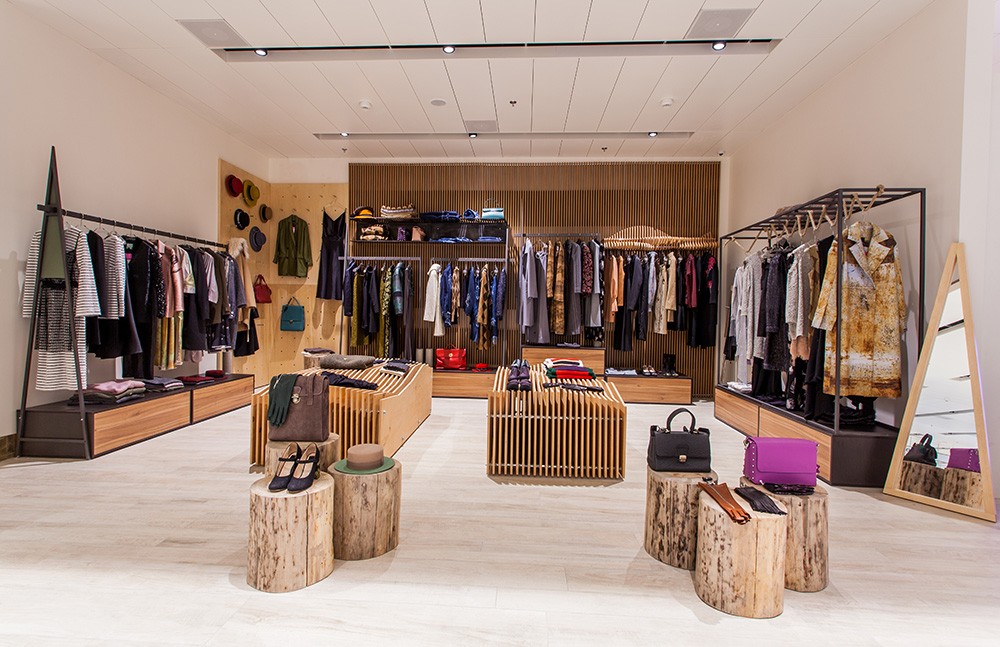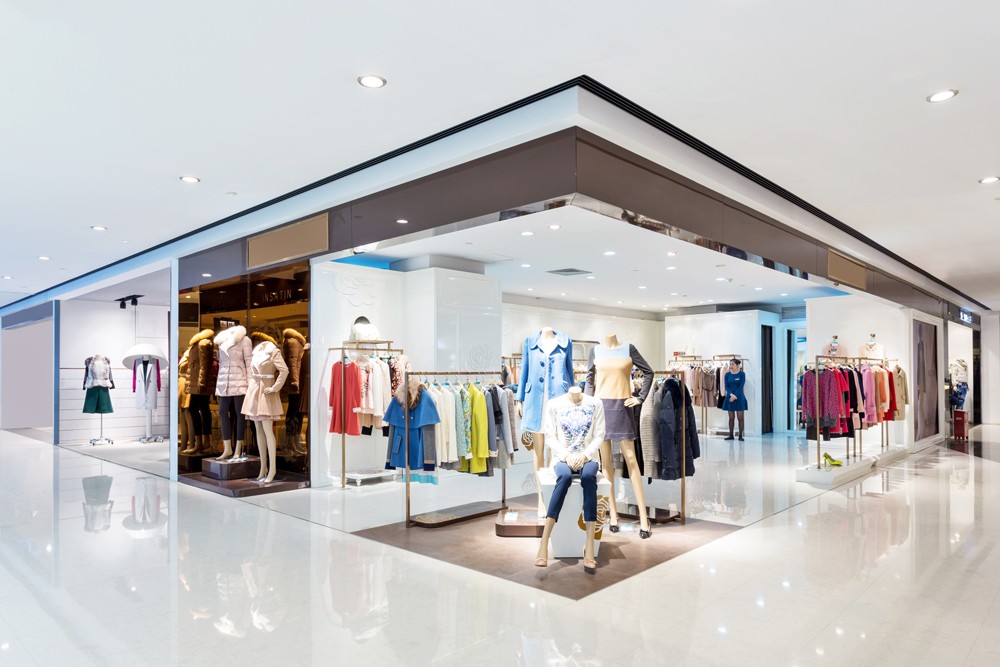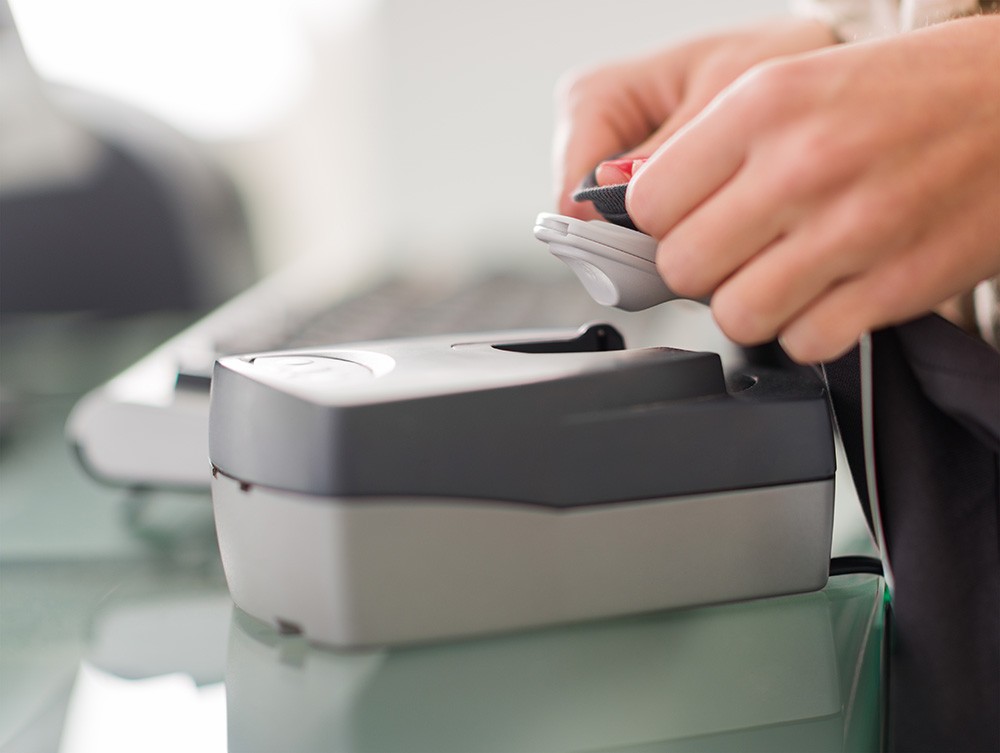
From store layout to security tags position equals theft prevention
In the ever-changing playing field of loss prevention, positioning of security systems and products plays a major role. From where you position your antenna to how you position security labels and lay out your displays, it all adds up to create an environment designed to thwart the would-be shoplifter.
Not only does correct positioning help deter shoplifting and minimise loss, it also works to improve in-store efficiency and the customer experience.
So, here’s an insight into the role position plays in theft prevention.
A bit about position and theft prevention
When it comes to product protection, electronic article surveillance consistently ranks as one of the most effective ways to deter, identify and reduce shoplifting. Involving the components of security tags, security labels and detection antenna, it sees an alarm sound when a product is illicitly leaving the store.
The effectiveness of this system all comes down to positioning – of the antenna, the security tags and labels, and the equipment that detaches tags and deactivates labels to minimize false alarms.
Meanwhile, the physical layout of your store also helps to reduce theft, with the correct positioning of lighting and displays both working to provide an environment that is less conducive to theft.
So, what’s the best practice?
EAS antenna position
EAS antenna are usually positioned in the entry way to a store, although recent developments mean antenna can now also be built into the doorway, concealed beneath the floor or installed overhead.
Depending on whether the system is RF or AM, antenna will have different detection ranges, meaning some are more suited to wide entrances, while others will require the installation of additional antenna to adequately cover an expansive opening.
Product positioning around antenna
The area between and in the immediate vicinity of EAS antennas should be kept free of product displays, clothing racks and even decorations. (Some decorations, especially those with foil or metal have been known to trigger an EAS alarm).
The “No Tag” zone is generally within seven feet of the EAS system.
As a simple check, stretch your arms out, like you are doing a star jump, and make sure there are no security tags within, or just out of your reach, all around each pedestal.
In over 90 per cent of reported cases of false alarming, alarms are caused by a tag within the vicinity.
Security tag position
Used for apparel and high value items like accessories, footwear and handbags, security tags should be positioned so as not to interfere with the customer’s experience of a product, but in a place where they are easy for staff to detach.
At the same time, tags should also be situated in an obvious enough place to deter theft and ensure anyone attempting to pull them off will cause significant damage to a product, rendering it useless.
Many retailers have store guides and policies regarding tag positioning. This ensures they are consistently positioned uniformly and correctly in a bid to maintain the aesthetic appeal of store displays, while deterring shoplifting.
Security label position
The ideal position for a security label is near the barcode. This position allows for quick deactivation and maximum efficiency at the Point of Sale.
However, it’s important to ensure the security label does not obscure that barcode or essential information on the product packaging.
Detacher and deactivator position
Security tag detachers and label deactivators are best positioned at the Point of Sale, allowing for easy tag removal and label deactivation.
Tag detachers can be built into the countertop or affixed to it, while deactivators can be mounted to the counter, concealed beneath it or incorporated into barcode scanning equipment.
Retailers should ensure these detachers and deactivators are easily accessible to staff, and there are enough to service all Points of Sale.
Store layout
Proper store layout and staff positioning plays a critical role in the reduction of shoplifting and theft. All areas of the floor should be visible to staff members monitoring it, and the retail environment should be adequately lit so there are no dark spaces for shoplifters to lurk and conceal items.
A staff member should monitor the fitting rooms or additional EAS security like the Fitting Room Guard should be installed. Where possible staff should meet and greet customers at the entry of a large retail outlet, or on the floor of a smaller one.
Meanwhile, high value items like electronics should be securely displayed or enclosed in lockable cabinets, and excess stock should be locked in draws or cabinets.
The final position
It’s the little things that really add up when it comes to preventing shoplifting, and how and where you position your products, security systems and tags all play a role. Importantly correct positioning also allows staff to complete their tasks more effectively while better servicing the shopper and offering an improved customer experience.


